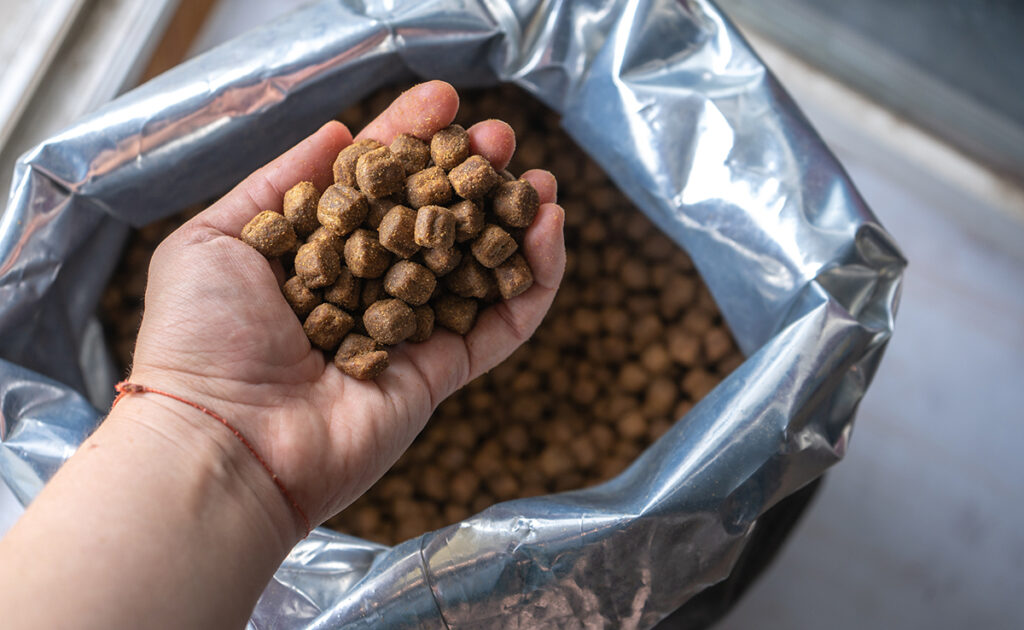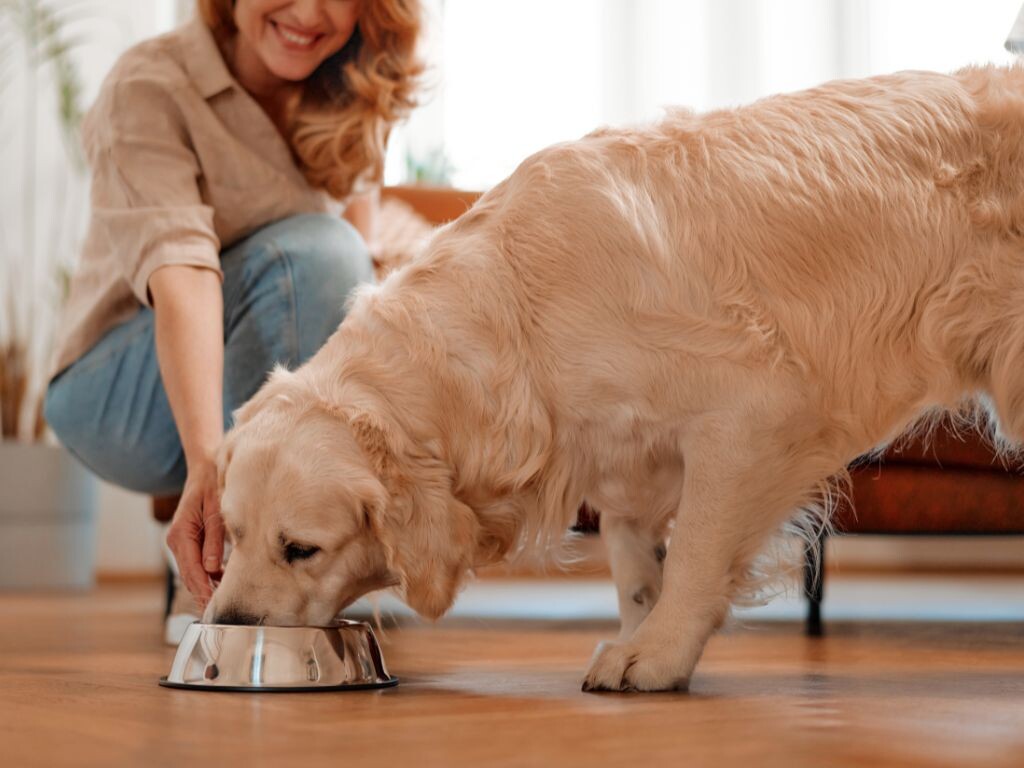
Diet is the first factor to consider in order to provide iron health to our four-legged companions. Most owners choose kibble to feed their pet for its practicality, shelf life and ease of use. Among the ingredients of kibbles and to assess their quality, the raw ash rate is an indicator of the content of minerals and trace elements which contribute, depending on their dosage, to the good or bad quality of the industrial food.
What is the raw ash rate?
When we read this name on a packet of kibble, our brain reacts very quickly by putting before our noses the image of an ashtray or, for the most gourmands like me, the consumed coals of an excellent barbecue. However, the term “ash content” represents nothing more or less than the percentage of minerals and trace elements present in your dog's food. Among these minerals, we find:
- Calcium;
- Phosphorus;
- Potassium;
- Magnesium;
- Sodium…
Also called macroelements, raw ashes also contain trace elements:
- Iodine;
- Iron ;
- Manganese;
- Copper ;
- Zinc.
Essential to their body, the rate of raw ash or rather the composition and its percentage are important to properly feed the dog, because proteins and vitamins are not the only nutrients that contribute to the health of our four legs.
How useful is raw ash in dog food?
Raw ash — or if you prefer, minerals — participates in the various functions of the body. They are involved in the production of enzymes, hormones, blood cells, in the transfer of hydrogen and participate in the construction and vitality of the dog's immune defenses. Vitamins, minerals and trace elements can compromise the growth and health of the animal when given in too large or too small a quantity. However, to produce their benefit, the level of raw ash alone is not enough to ensure the quality of the kibble you choose. A clever balance between minerals, trace elements, proteins and vitamins is necessary, because they act together. Thus, the ratio between phosphorus, calcium and vitamin D must be perfectly adjusted for the growing or adult dog otherwise your four-legged companion will suffer from bone demineralization, poor metabolism of lipids and proteins or problems with urinary or kidney stones.
The way in which raw ashes are produced also has an importance in the quality of the food. The minerals that make up the kibble recipe are obtained from inorganic minerals or organic minerals called chelates. However, inorganic minerals, often poorly assimilated by the pet when they are not coupled with the supply of autotrophs which make them active, are the most used in the manufacture of foods intended for our doggies. When choosing your dog's meal, make sure that its composition mentions “chelated” minerals rather than “sulfated” minerals. Finally, to ensure an adequate ash rate, the quality of the proteins must also be taken into account. Without this, regardless of the ash level listed on the package, there is a good chance that the food will not meet all the nutritional needs of your four-legged companion.
What is the recommended rate of raw ash to properly meet the nutritional needs of the dog?
In the natural state, it is in prey such as rabbits, chickens, deer, field mice and voles that the excellent hunting dog will obtain most of the nutritional intake essential for the proper functioning of its body. For each prey ingested, the dog will benefit from a rate of raw ash, proteins and calcium and phosphorus per capture:
- From a mouse: 55.8% protein, ash 11.8%, calcium 2.98% and phosphorus 1.72%;
- From a rabbit: proteins 74.4%, ash 15%, calcium 5.93%, phosphorus 3.43%;
- From a deer: approximately 47.4% protein, 11.4% ash and 3.09% and 2.26% calcium and phosphorus.
Only here, in nature, as good a hunter as he may be, there are days when all the prey will escape him and others when he will feast. It is difficult to precisely calculate the ideal daily rate of minerals, trace elements, vitamins and proteins that the dog should receive to guarantee the good health of its body.
Most professionals recommend a raw ash rate of between 7 and 9%. And if the mention of the ash rate is obligatory, their quantity is not regulated. The dog's owner must ensure that the percentages of calcium and phosphorus do not exceed 2.5% and 1.6% of dry matter for adults. In growing puppies, it is necessary to ensure that the animal receives a maximum of 1.6% calcium and 1.8% phosphorus on dry matter to ensure good growth. He should also avoid kibbles which have a raw ash content greater than 12%.
The mineral intake in the diet of our canine companions and domestic animals ultimately remains complex. Harmful in their deficiency as in their excess, it is important to contact a veterinary nutritionist to choose the ideal kibble for your dog. Depending on his age, breed, health and the activities you offer him, he will advise you on the percentage of proteins, minerals, vitamins and trace elements that will meet his physiological needs. Preferring a food that meets its protein needs and includes chelated minerals in its composition is certainly more expensive, but has the advantage of nourishing and protecting your dog from many pathologies.




